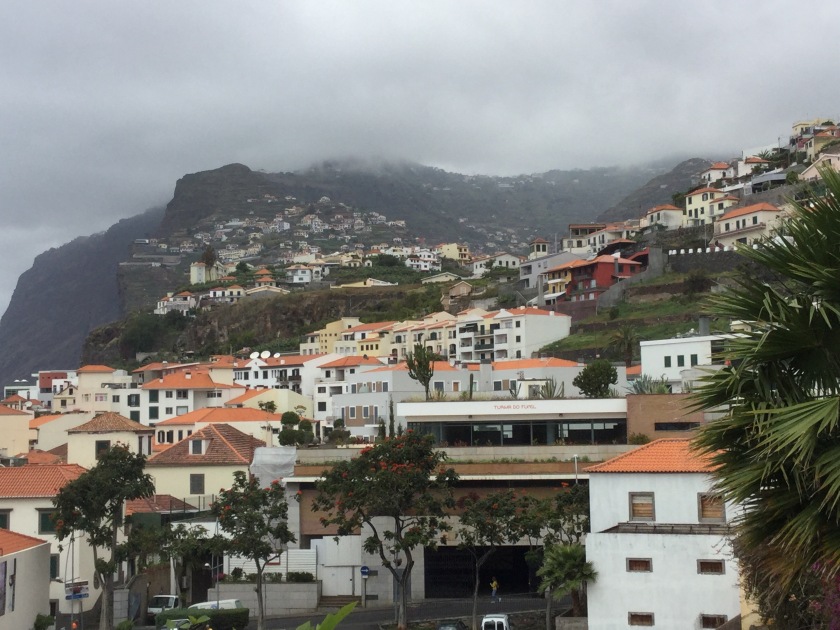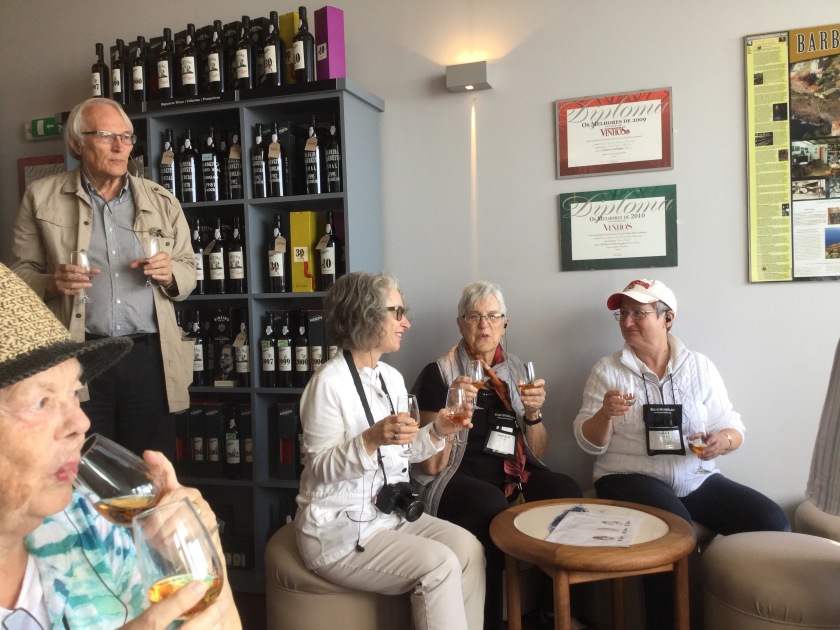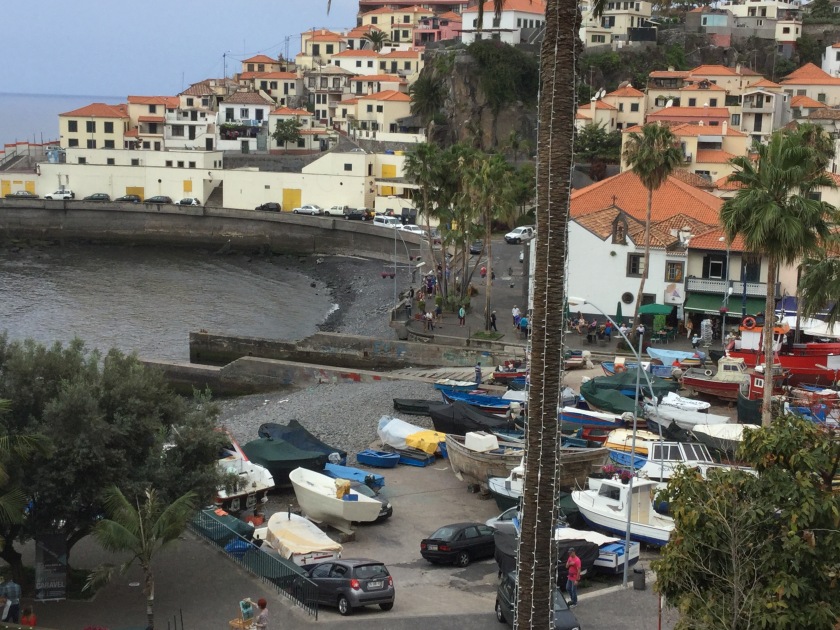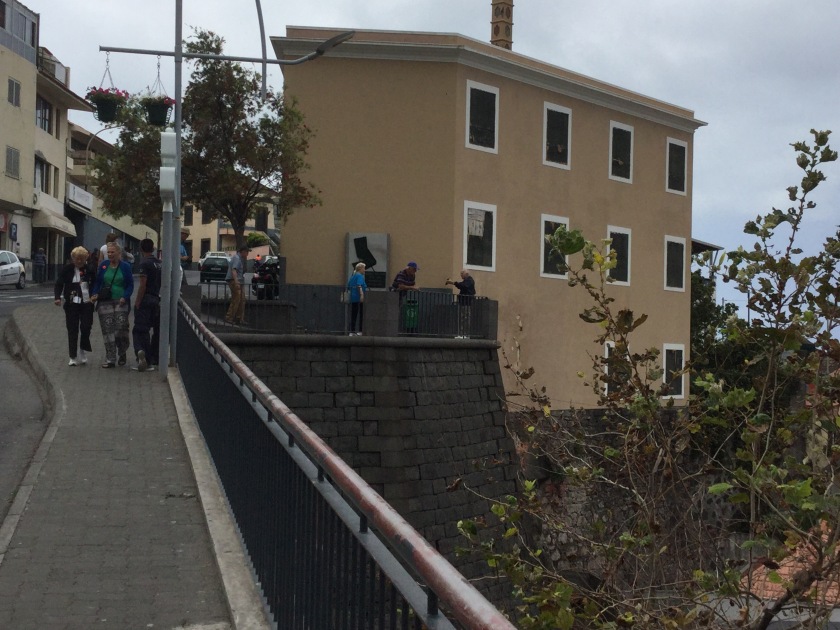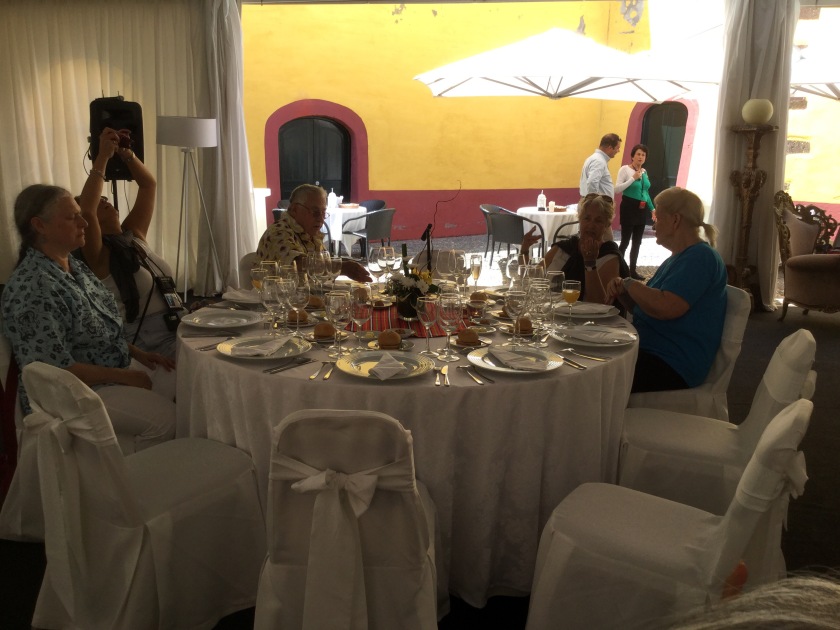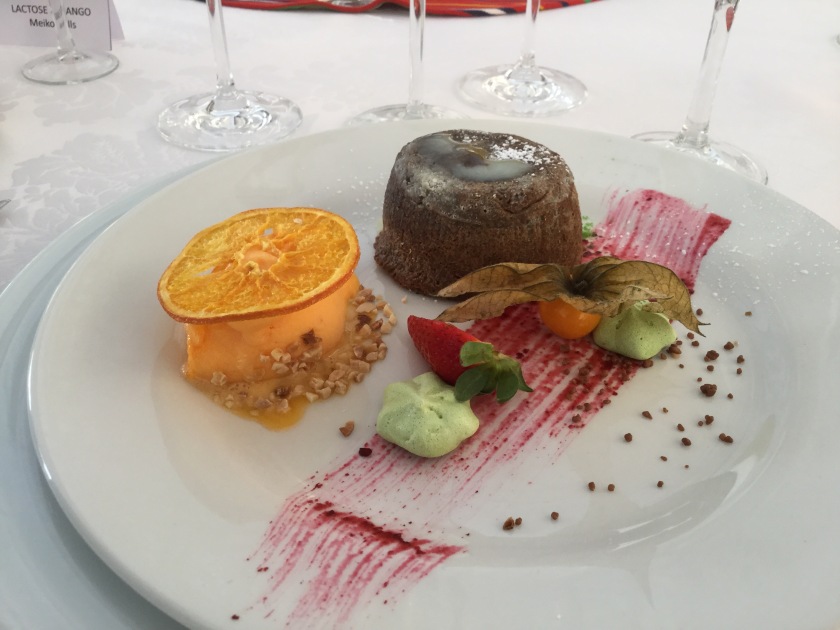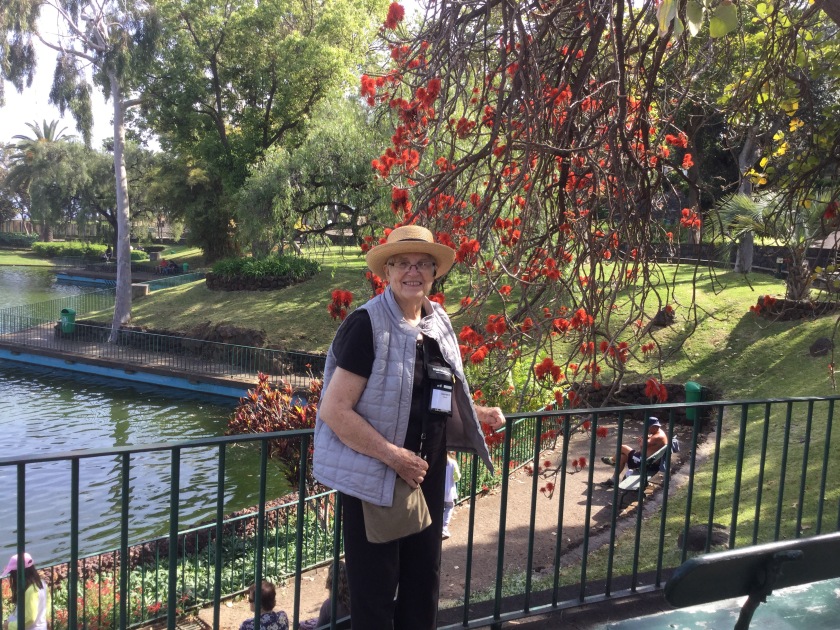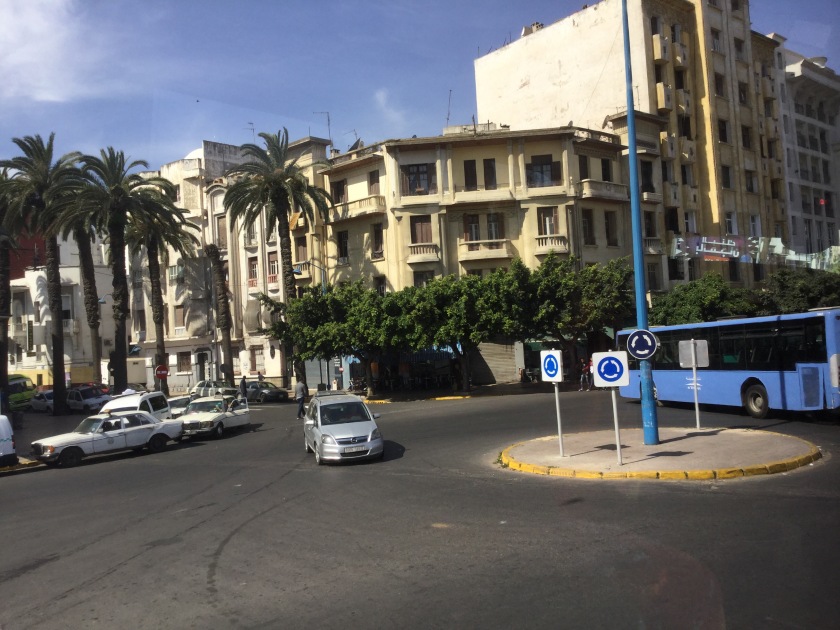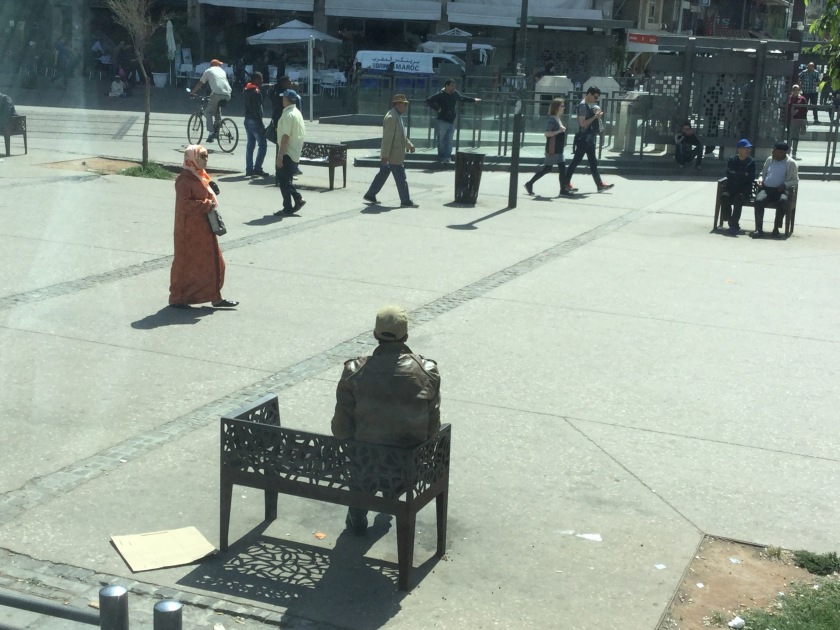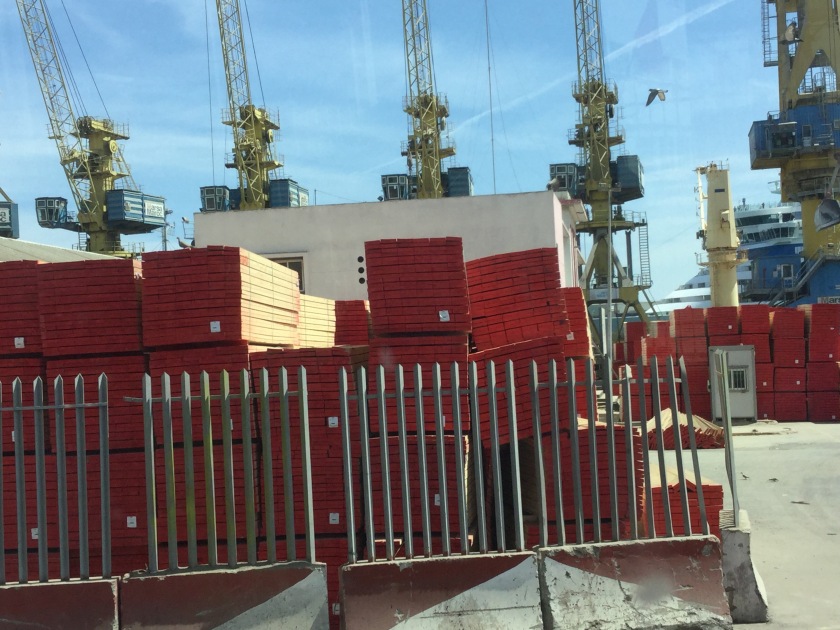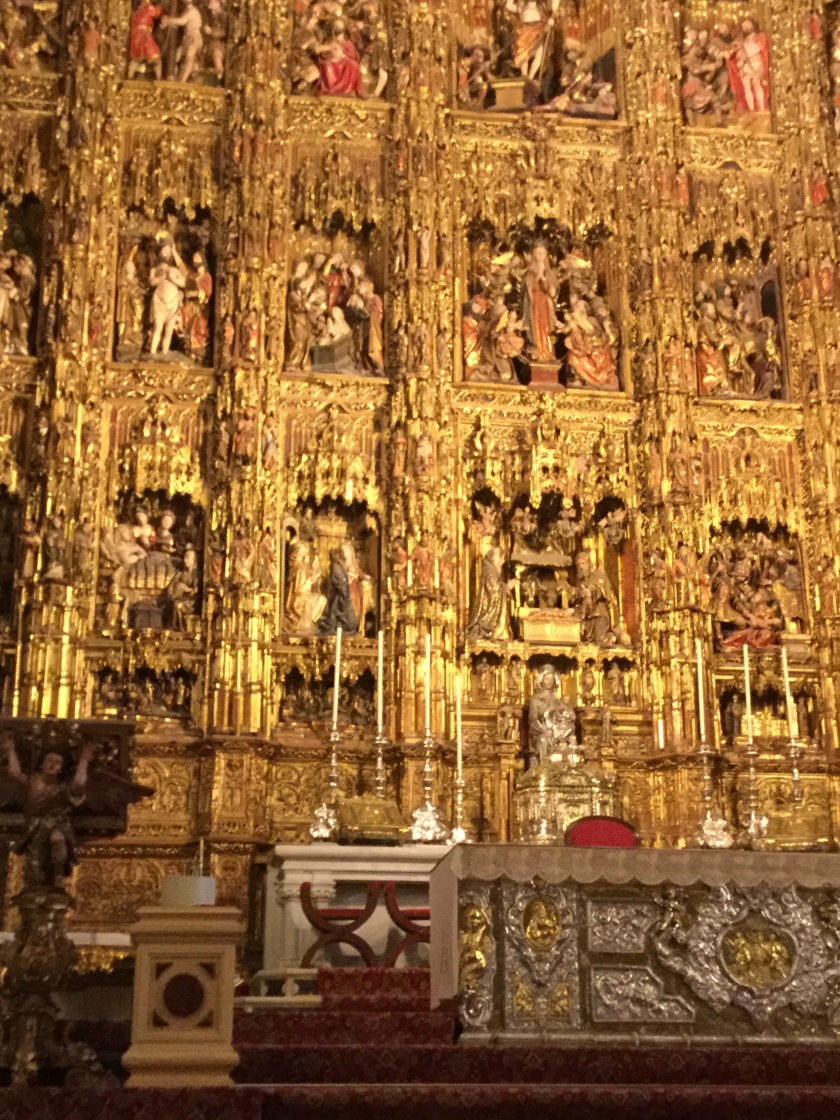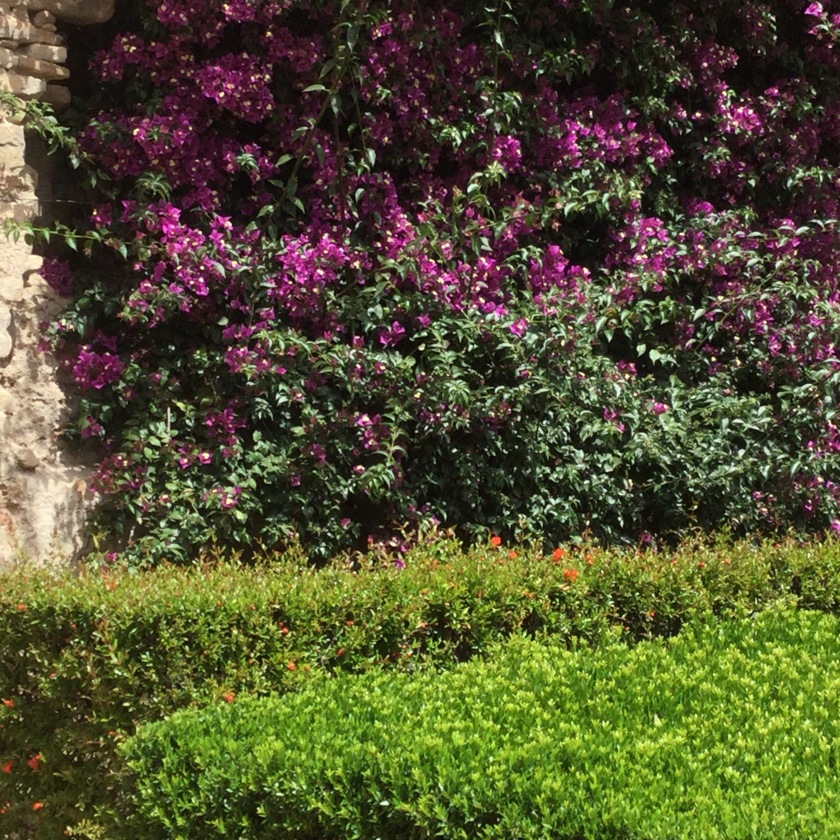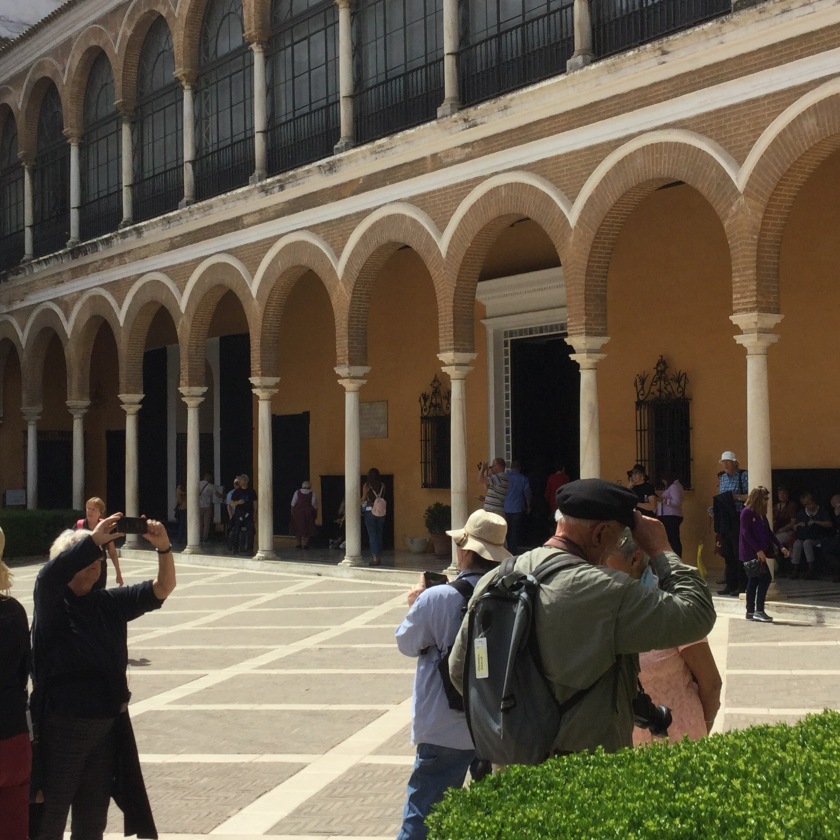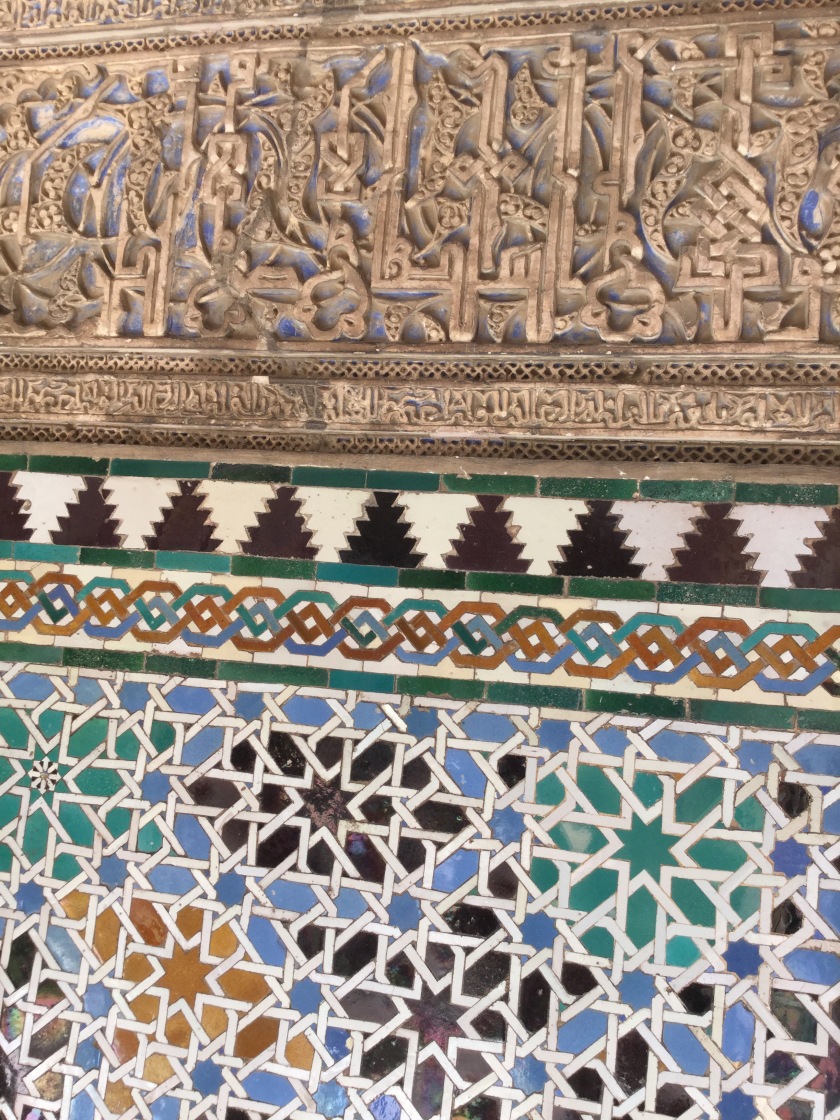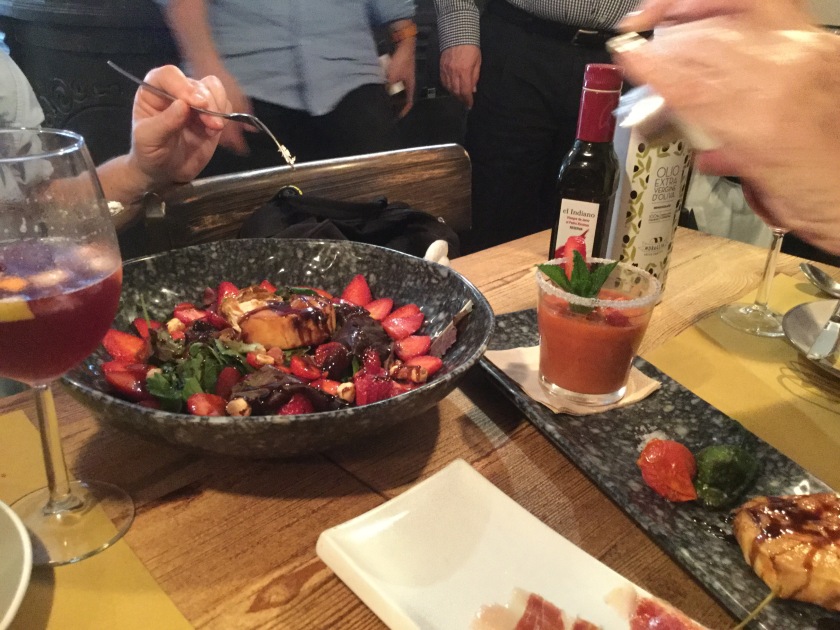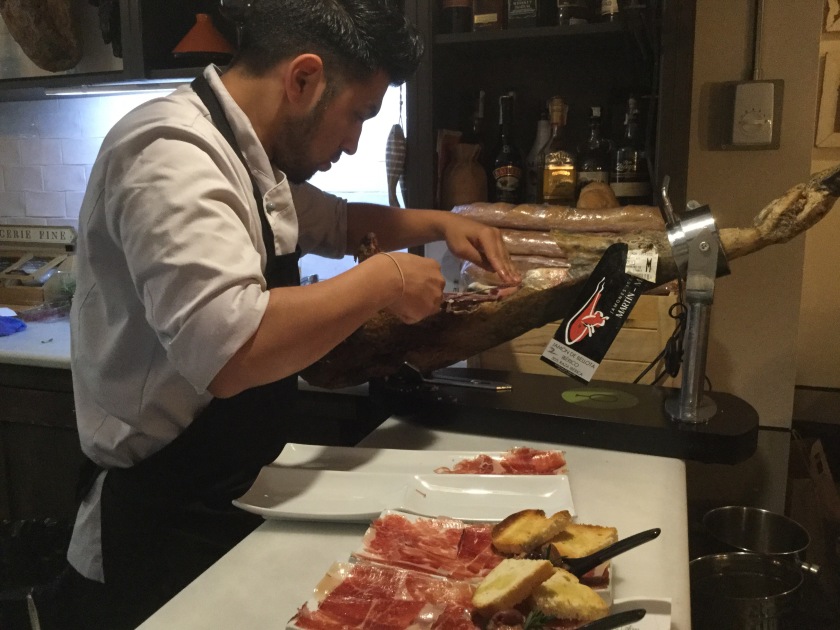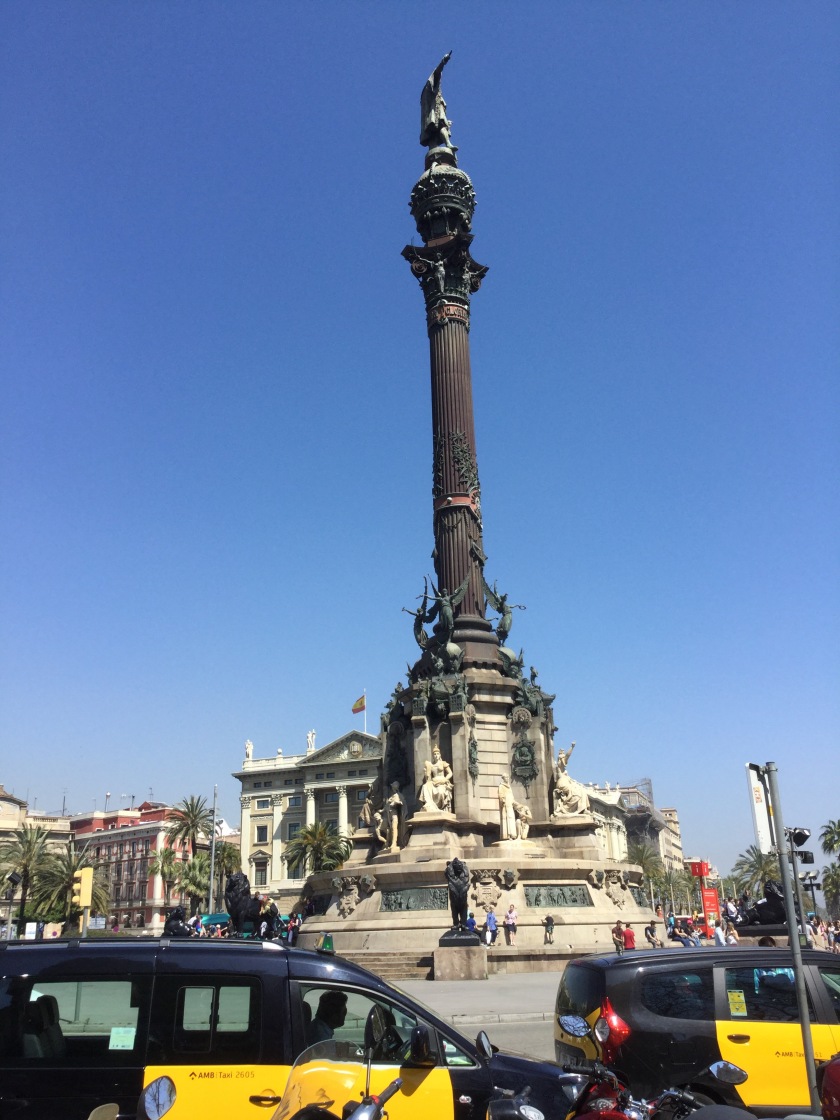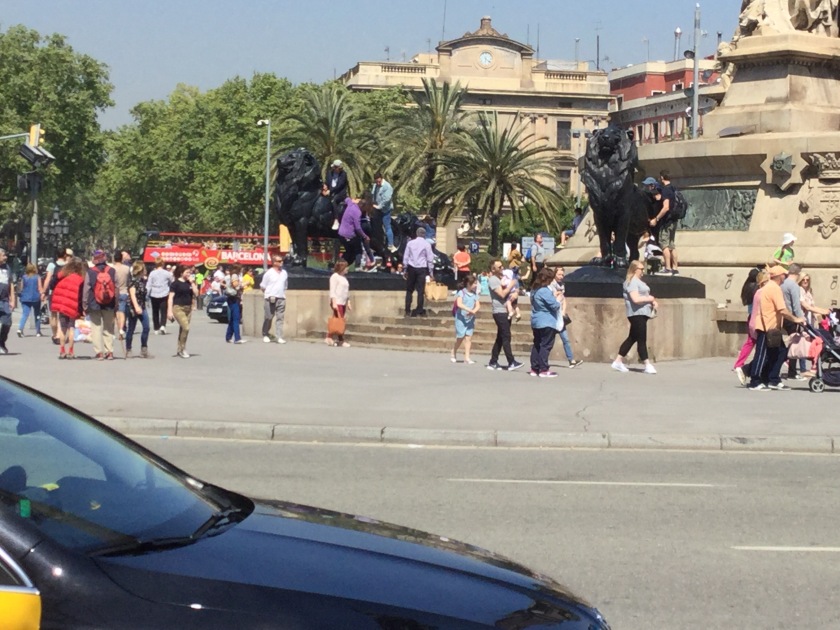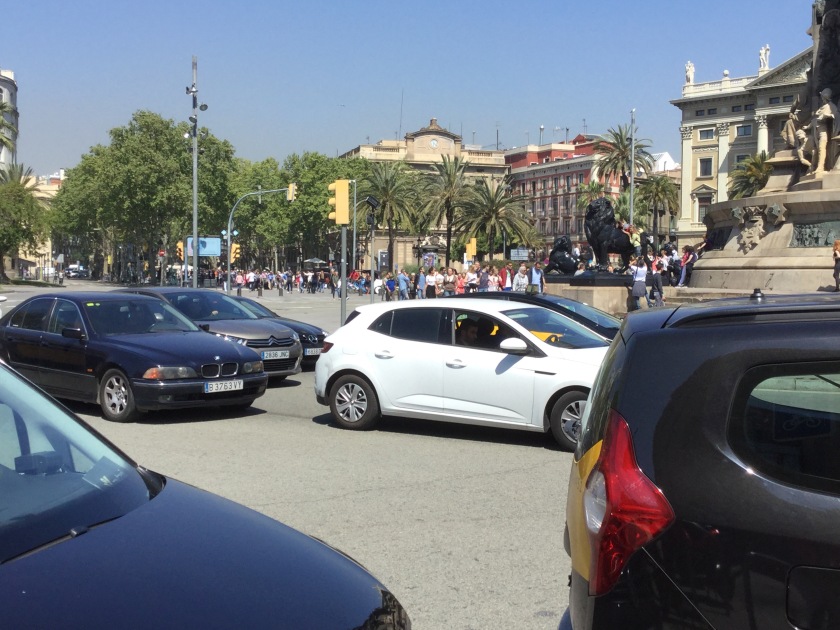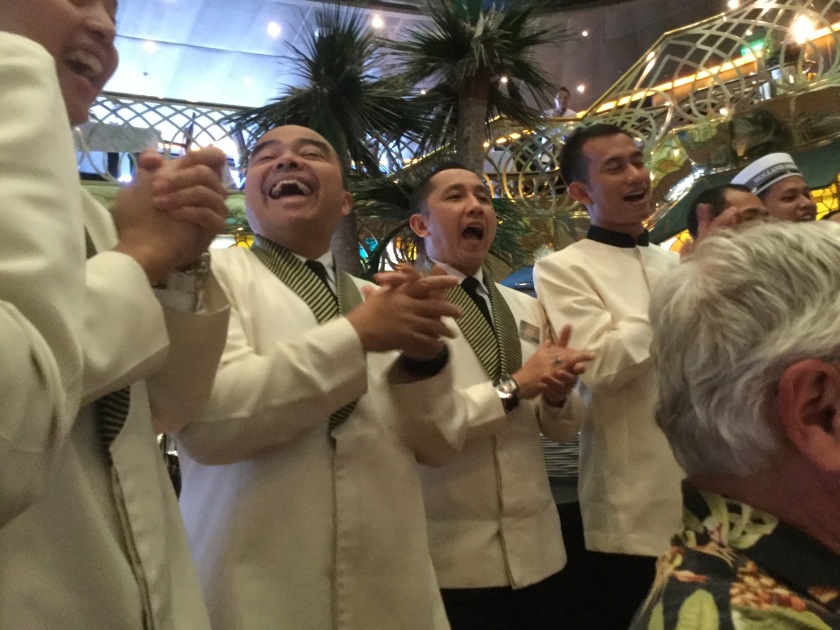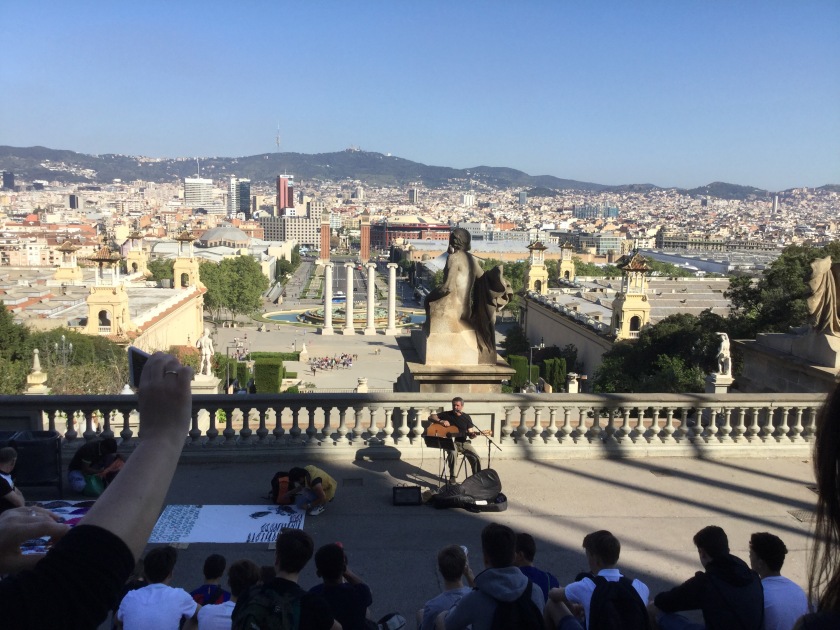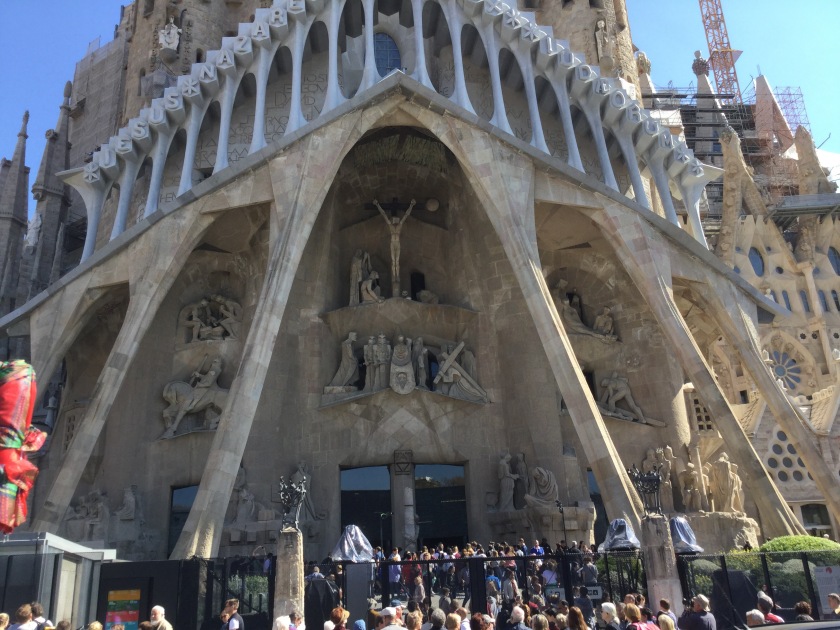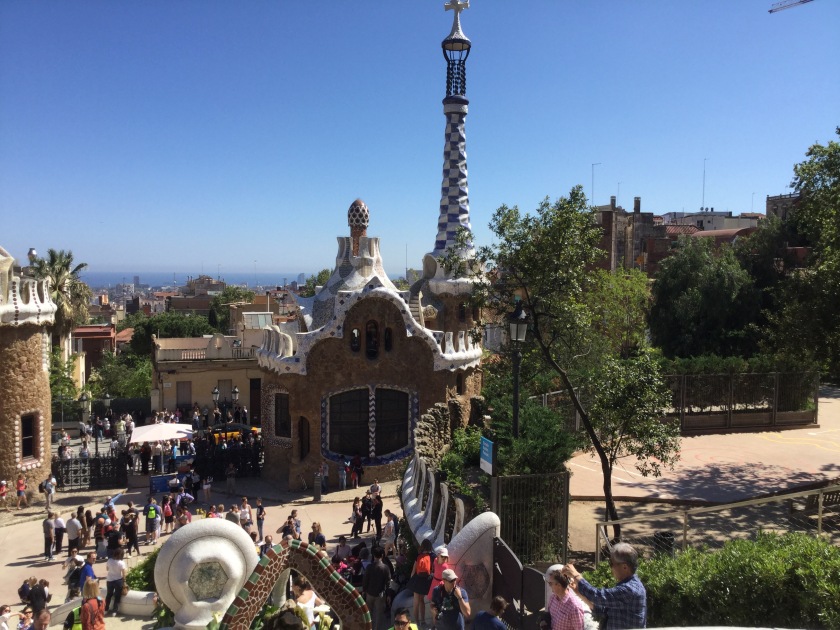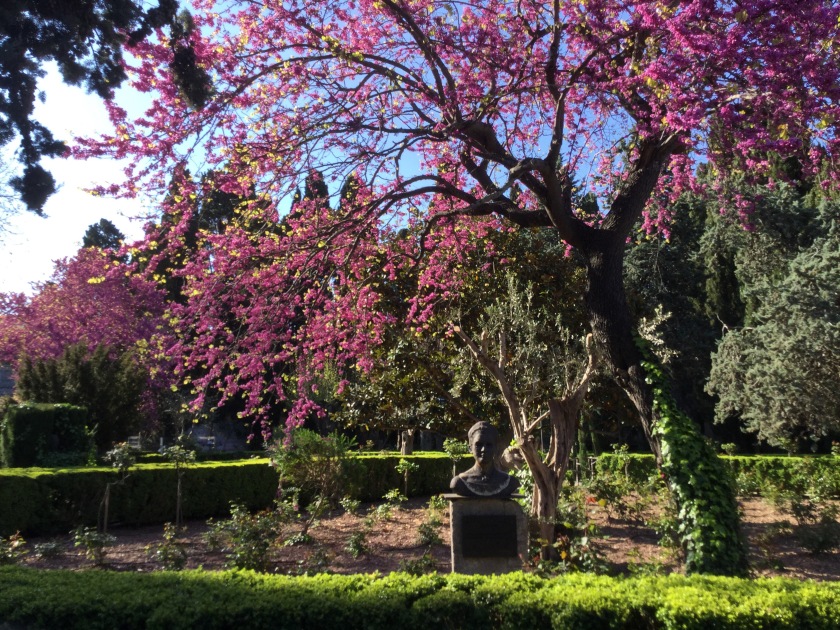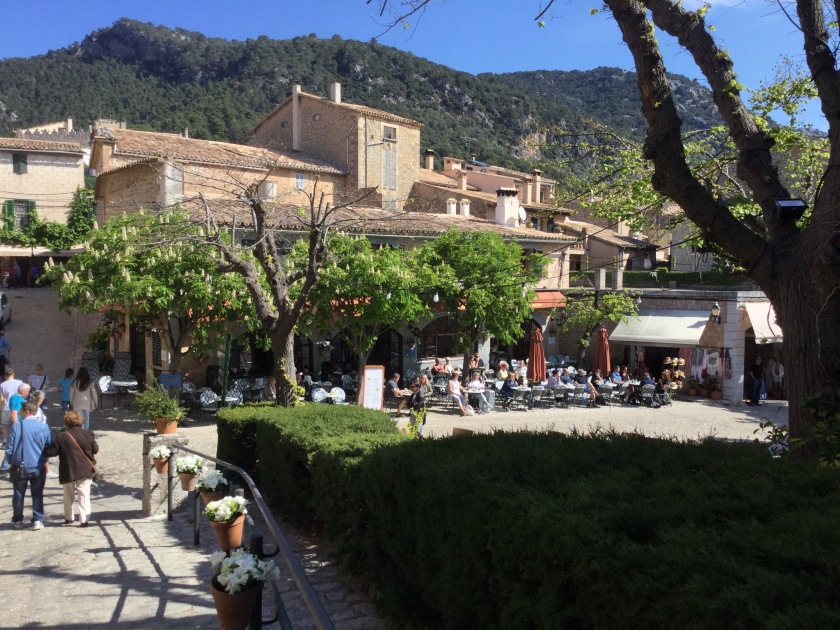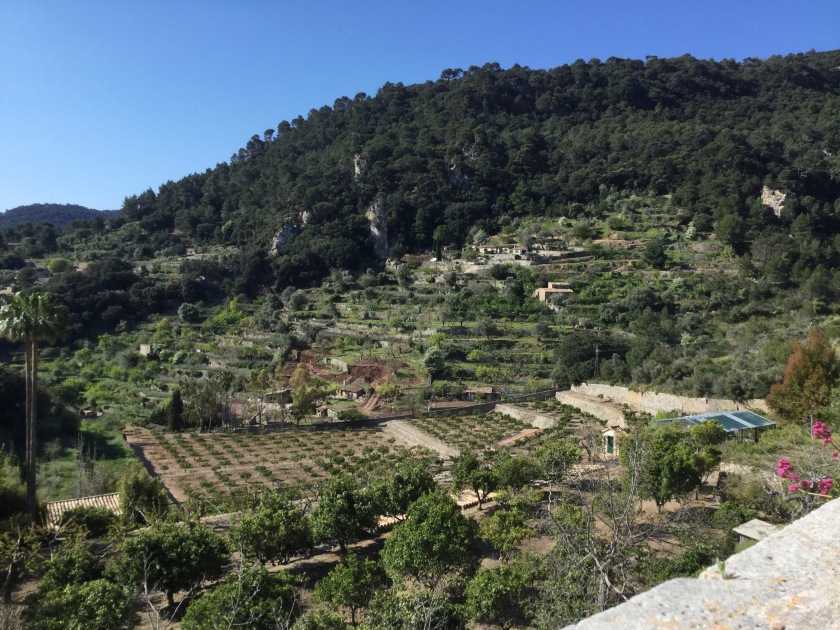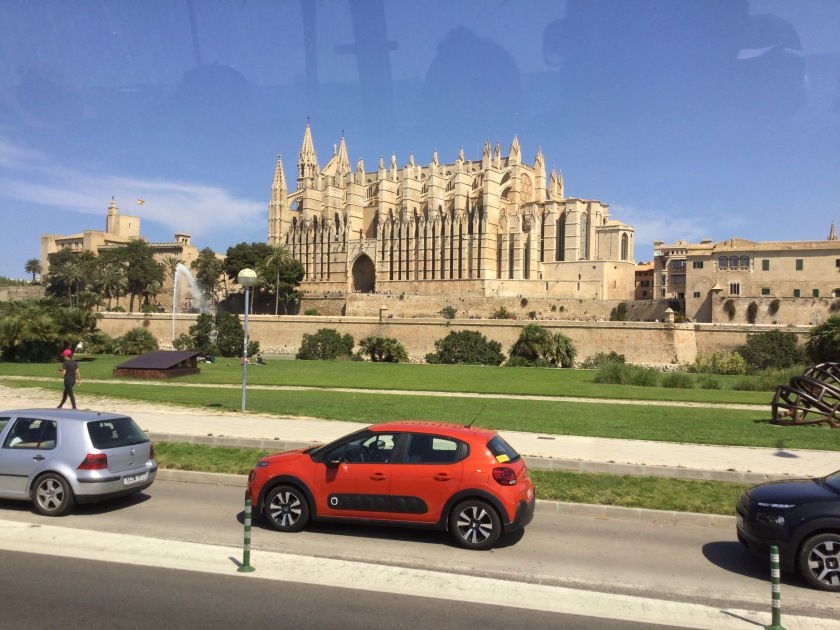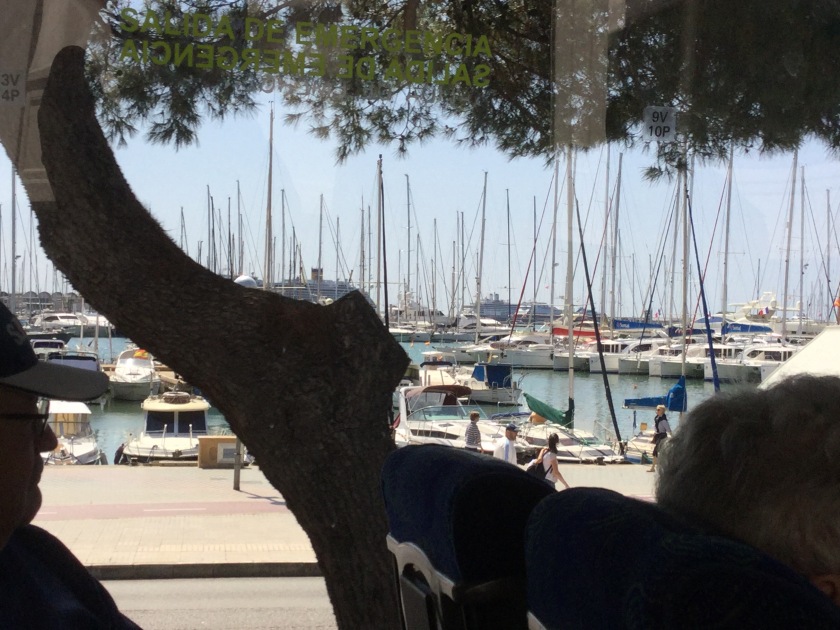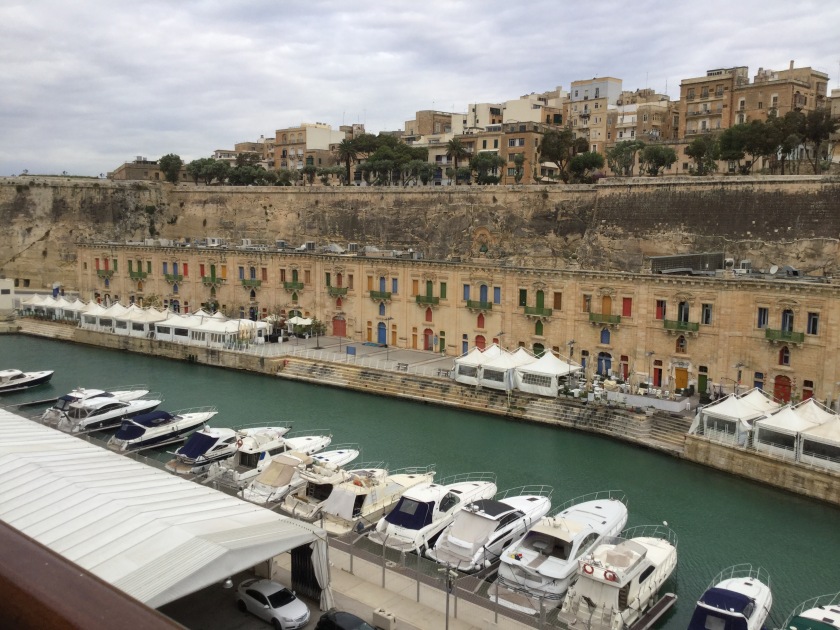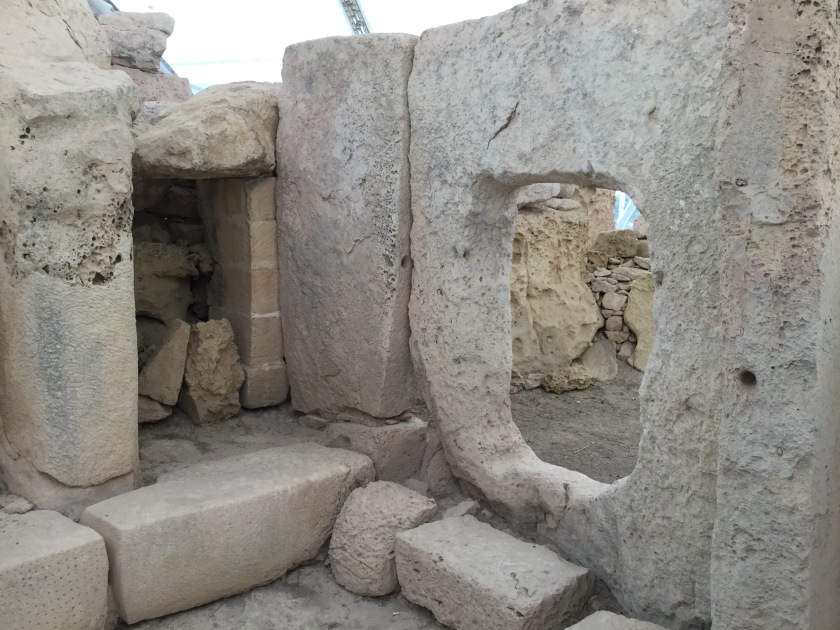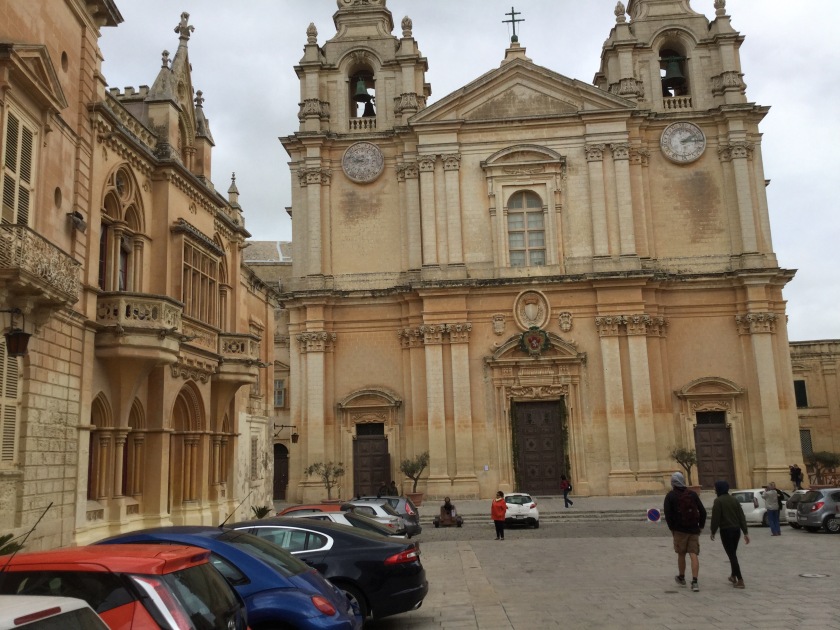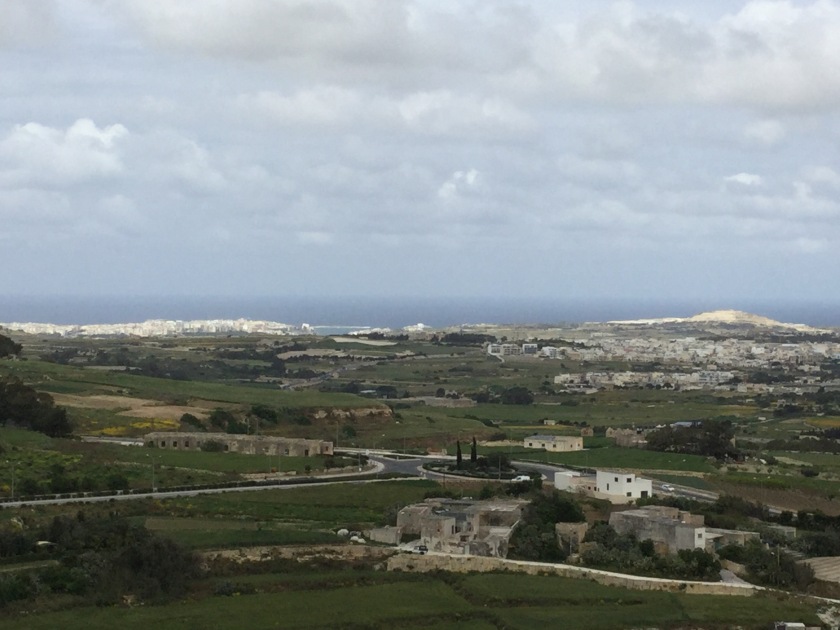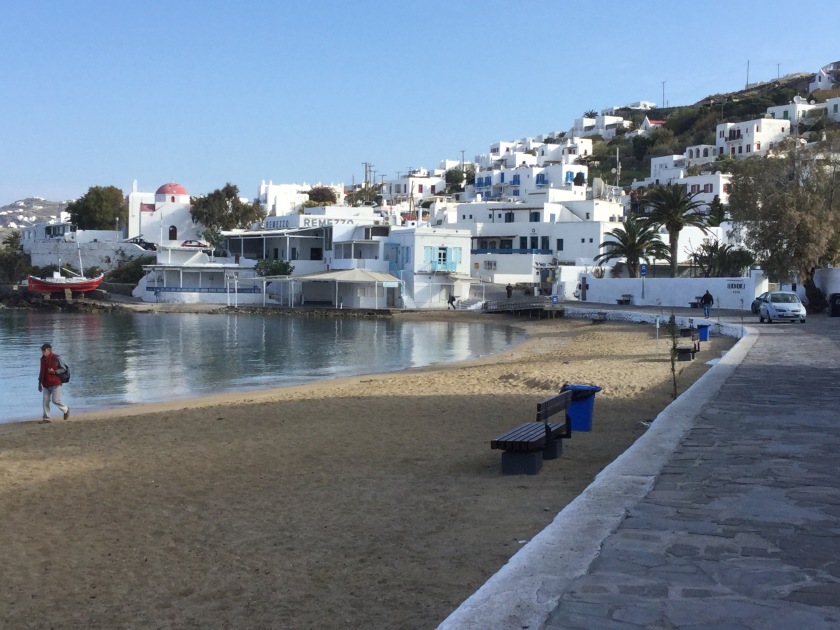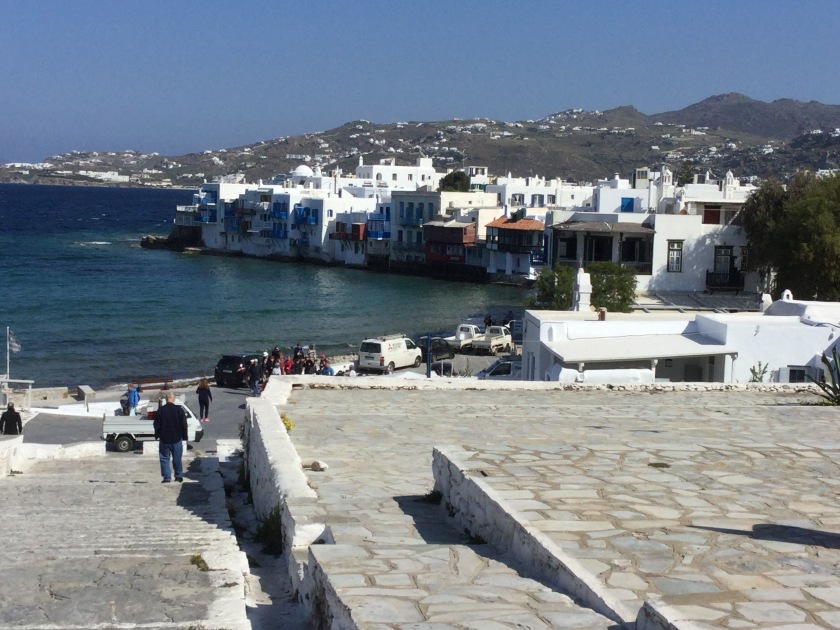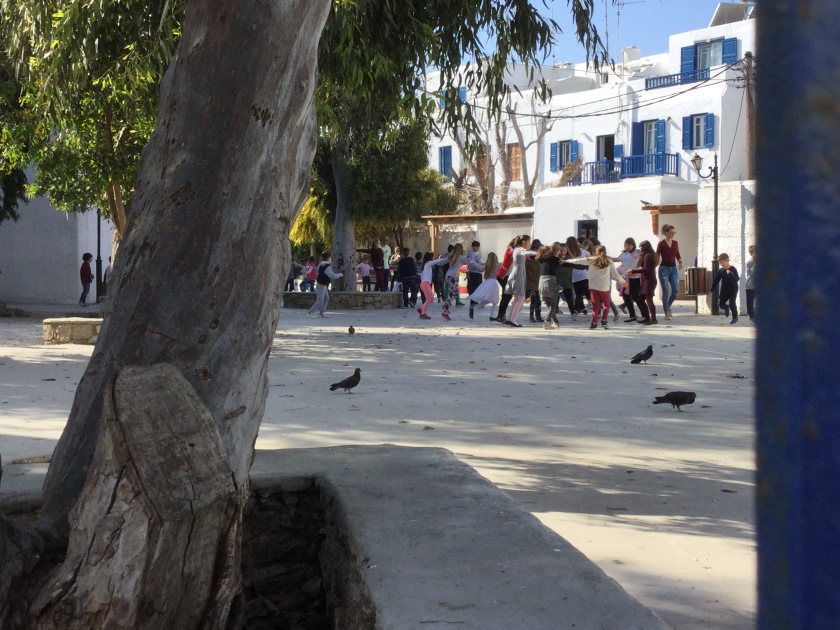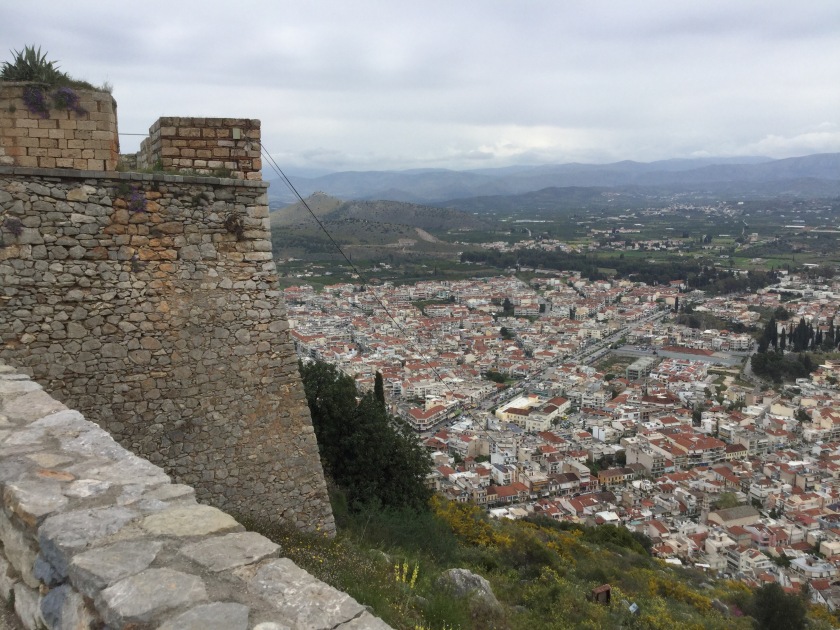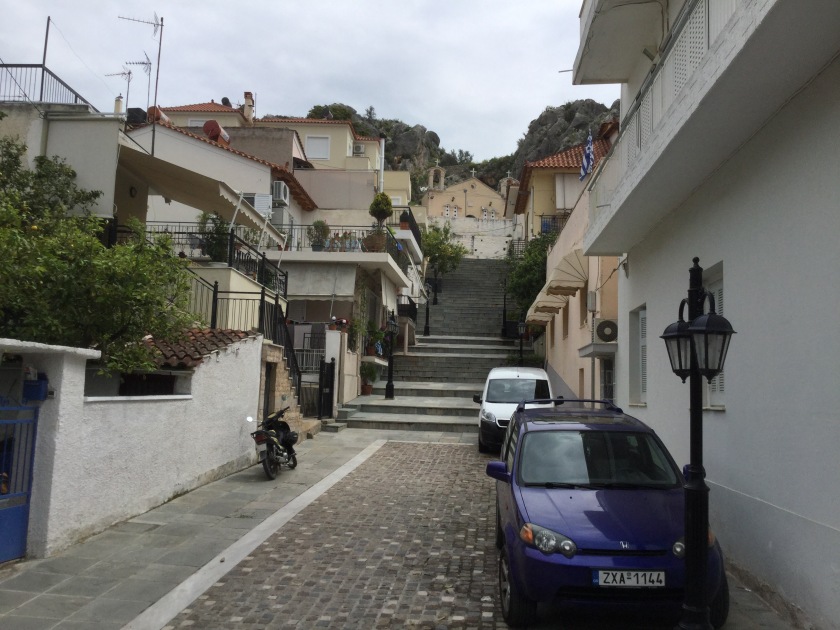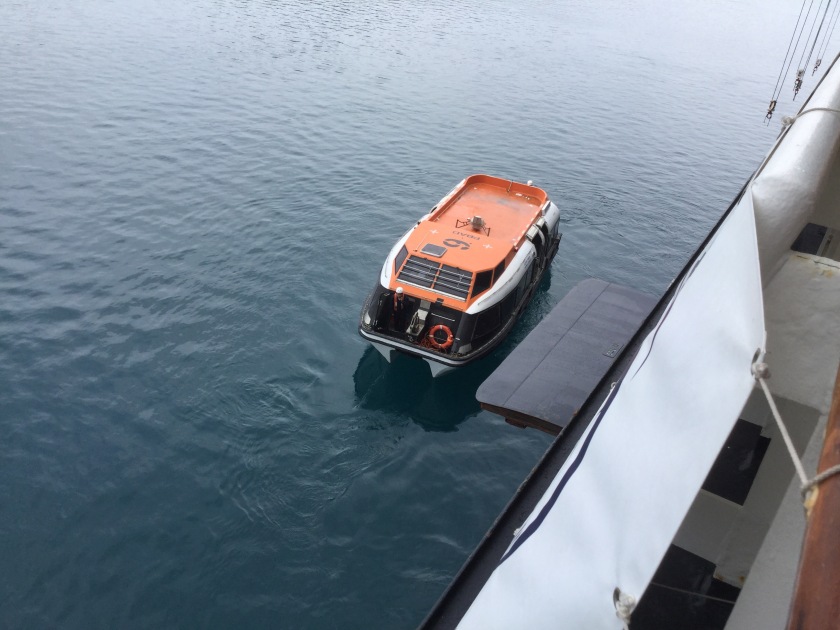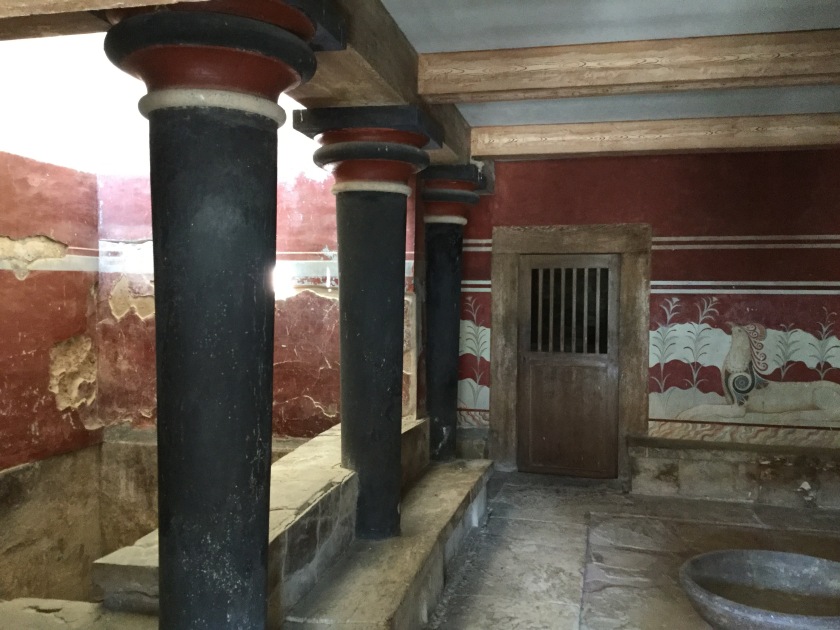This around-the-world cruise has been a wonderful adventure. Would I do it again? No, I am not ready for another four months away from home right now. There are many on board who have done it several times and, for them, the shipboard life must be a real draw as well as all the ports of call. But, yes, if I had not just done it I would signup in a heartbeat and I will encourage anyone who asks to give it a try. So many things to see, so many people to meet, so many different cultures to experience and you unpack once and sleep in the same bed every night. Only one airplane ride! I have been part of a Road Scholar group of 75 people from three countries. You pay the advertised rate and that includes a host/guide to take care of all details, all tipping (even the onboard tipping!), tours at every port, special lectures on sea days, and the camaraderie of fellow travelers. Walt and I did 29 Elderhostel programs (name changed to Road Scholar awhile ago) all in the U.S. and this is my first international trip with them. Highly recommend traveling this way!!!!!!
We have discussed favorite places—-not any one stands out as special above all else. The Panama Canal is a wonder to experience knowing the history behind it; Guatemala and our first taste of persistent street vendors; Nagasaki, Japan because of the bomb dropped there and the way the city has responded; Beijing, China because I met a friend of Kevin’s there and enjoyed sharing the Forbidden City with her; Petra, Jordan, and the walk through that ancient city; the country of Oman because I had never heard of it before and it is friendly and pretty and the handsome guide gave us personal information in the Muslim Mosque; Honolulu to think about Pearl Harbor again; the children’s ballet class in Shanghai, China; riding in a taxi in Mumbai, India; the Greek islands and the beautiful white washed houses by the crystal clear blue sea——I am missing every other stop but they were each special in their own way.
I feel so very privileged to have done this trip—the financial ability, the stamina and energy and general good health, my inquisitiveness, the support of family who all said “Go, Mom!” when I mentioned it. Writing a blog–my own log of the journey–has made me keep better records and think about things more thoroughly. I truly appreciate, and feel complimented by, others interest in following me. Thank you to each of you, family and friends. And now it is time to go home!!!!!


